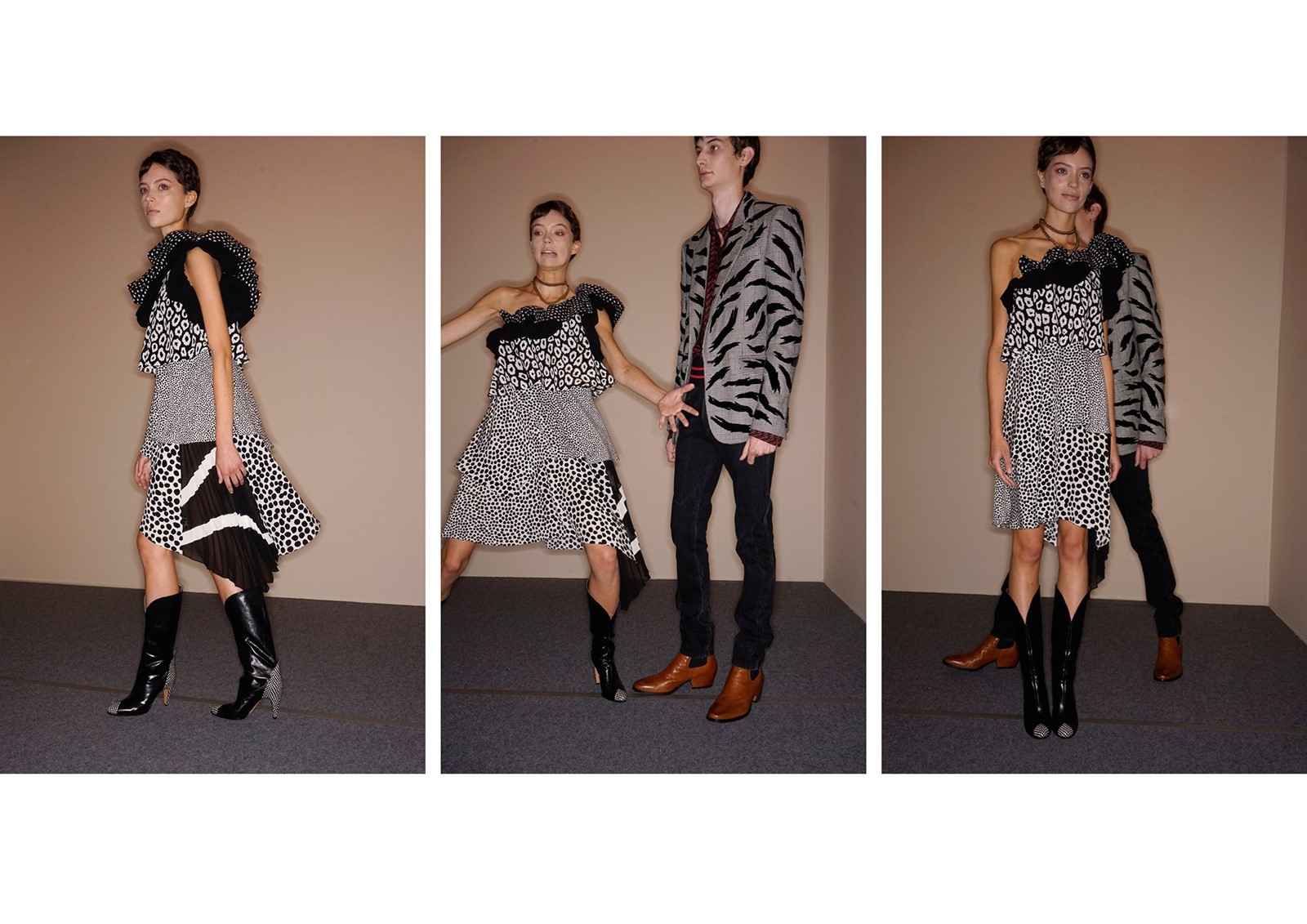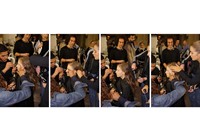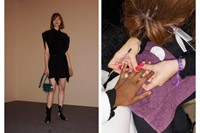The Palais de Justice is a spot in Paris where, in various buildings renovated and reworked over time, the justice of the realm has been dispensed. Rules have been forged, upheld, and overruled. Maybe that inspired Clare Waight Keller in her debut collection for Givenchy – or maybe it just underlined her approach. Because for this collection – her first, and also the first combined mens and womenswear showing for the 65-year-old maison – Waight Keller managed the tricky task of playing by the rules and breaking a few, too.
The collection harked back to styles inspired directly by the creations of Comte Hubert de Givenchy, the patrician 90-year-old who founded Givenchy under the watchful eye of mentor Cristóbal Balenciaga (he established his couture house across the road from Balenciaga, on Avenue Georges V, where the Givenchy ateliers are still based today). And yet, times have changed – and so have these clothes. “It was really about individuals,” Clare Waight Keller told me after the show. “How I put the collection together was to find the characters of these individuals. It's about that sense of diversity today, about representing that.”
Here then is a selection of Waight Keller’s diverse cast of characters, men, women, old, new, all spelling out the rules of her new Givenchy.
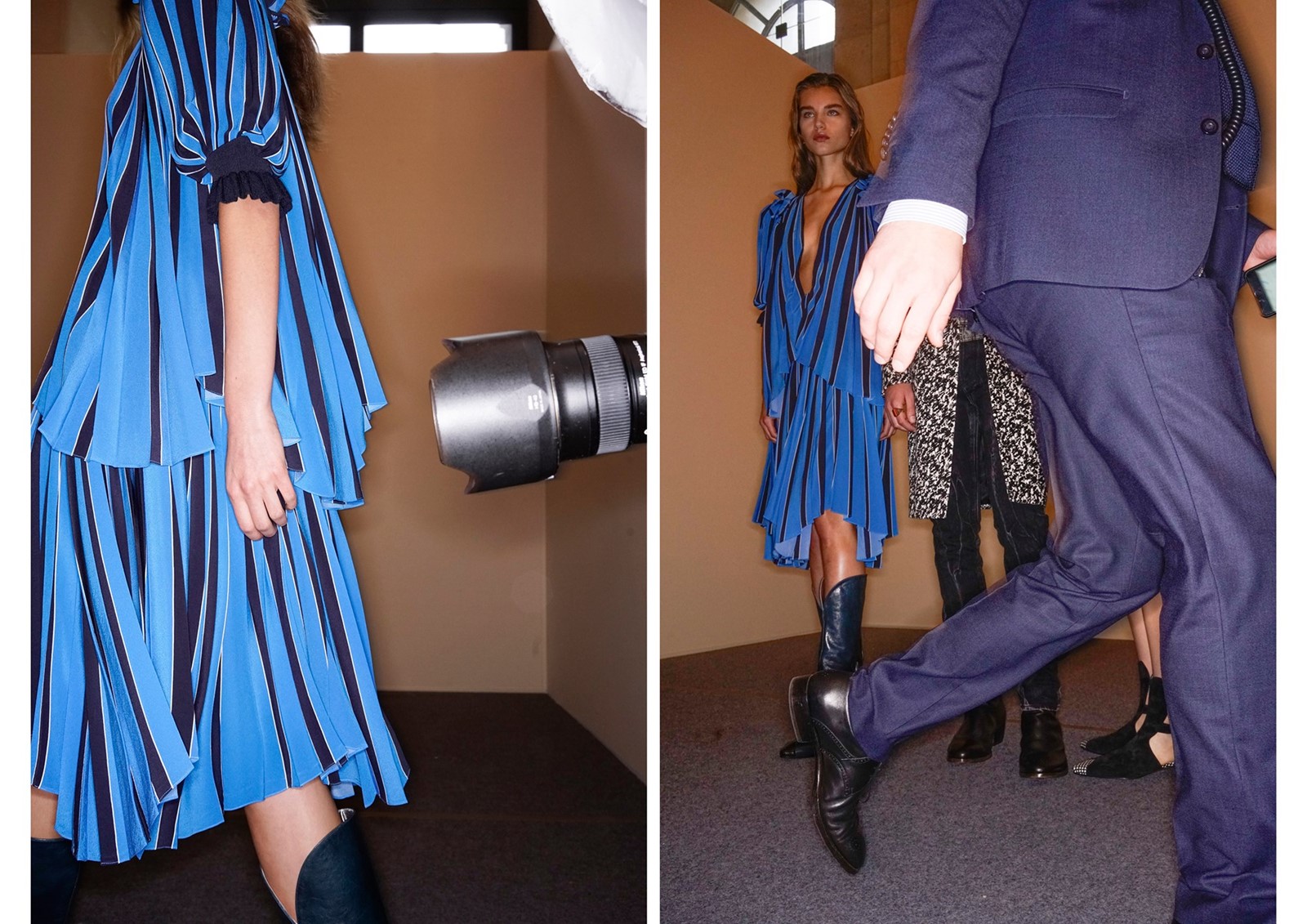
The Bettina Blouse
Arguably Hubert de Givenchy’s most famous creation (at least, before he began dressing Audrey Hepburn), the Bettina blouse debuted in his first collection for spring 1952, emblematic of his belief that “separates” were the new rule to modern dressing – an idea many designers are only just getting their head around. Givenchy’s Bettina blouse was so-called after Bettina Graziani (real name Simone Micheline Bodin), a key model of the period and muse to designer Jacques Fath, who upped sticks to become house model, press agent sometime mascot and then-25 year old Givenchy’s vibrant new maison. The blouse, in crisp cotton with ruffled sleeves, offered respite from the strict tailoring of the period – it was one of haute couture’s first attempts at being casual. It reflected Givenchy’s youthfulness in its spirit, and was the collection’s stand-out success.
Waight Keller didn’t offer a piecemeal reproduction of the blouse – rather, she abstracted its basic tenets – a spirit of ease combined with couture precision, a whole bunch of ruffles, a fluidity – and applied it to multiple pieces throughout her collection. She’s a frill seeker – see one, and you’ll think Bettina.

The Little Black Breakfast at Tiffany’s Dress
If Bettina was Givenchy’s first ‘muse’, Audrey Hepburn was his second and most famous. The two met in 1953 – when a ‘Hepburn’ was announced, Givenchy had expected Katharine, a much bigger star. Instead it was Audrey to whom the young couture house had been suggested as a possible source of costumes for her film Sabrina.
While the 1961 Breakfast at Tiffany’s dress – a stark black crepe number with an artfully cut-out back that came to define a specific breed of brittle, graphic mid-century chic a million miles away from the bouffant ballgowns of Christian Dior, or the extravagant geometric silhouettes of Cristóbal Balenciaga – is possibly the most famous collaboration between Givenchy and Hepburn (it still holds pride of place in the house’s archives), Waight Keller looked to this earlier collaboration. “The lace dresses at the end reference the Sabrina dress, which is one of his early ones from the 50s,” she stated. “But re-imagined for today.” Indeed, as opposed to Hepburn’s lace ballgown, Waight Keller’s dresses had a touch of lingerie to them in easy pleats and flowing drapes inset with fragments of contrast lace. And a number of graphic black dresses ran with that Breakfast at Tiffany’s iconography that still feels relevant for now. But leave the pearls at home.

A Couture Attitude
Couture doesn’t have to mean embroideries and ball gowns. “I really want to define a couple [male and female] for the house,” Clare Waight Keller said. “In the past, Hubert and his relationship with his friends and clients was so strong and so much part of his brand as well, that I felt it was important to represent that.”
Hubert de Givenchy was, indeed, known as a gentleman of fashion with a close and cosseted relationship with his clientele – unlike many of his fellow couturiers, Hubert himself was part of their social circle. In a period when fashion designers were still seen as tradesmen (Christian Dior’s mother refused to have the family name written on a shopfront – the designer stated he would never have dared open his eponymous couture maison if she were still alive), Hubert mixed with his aristocratic female patrons readily. Call it a different breed of gender fluidity.
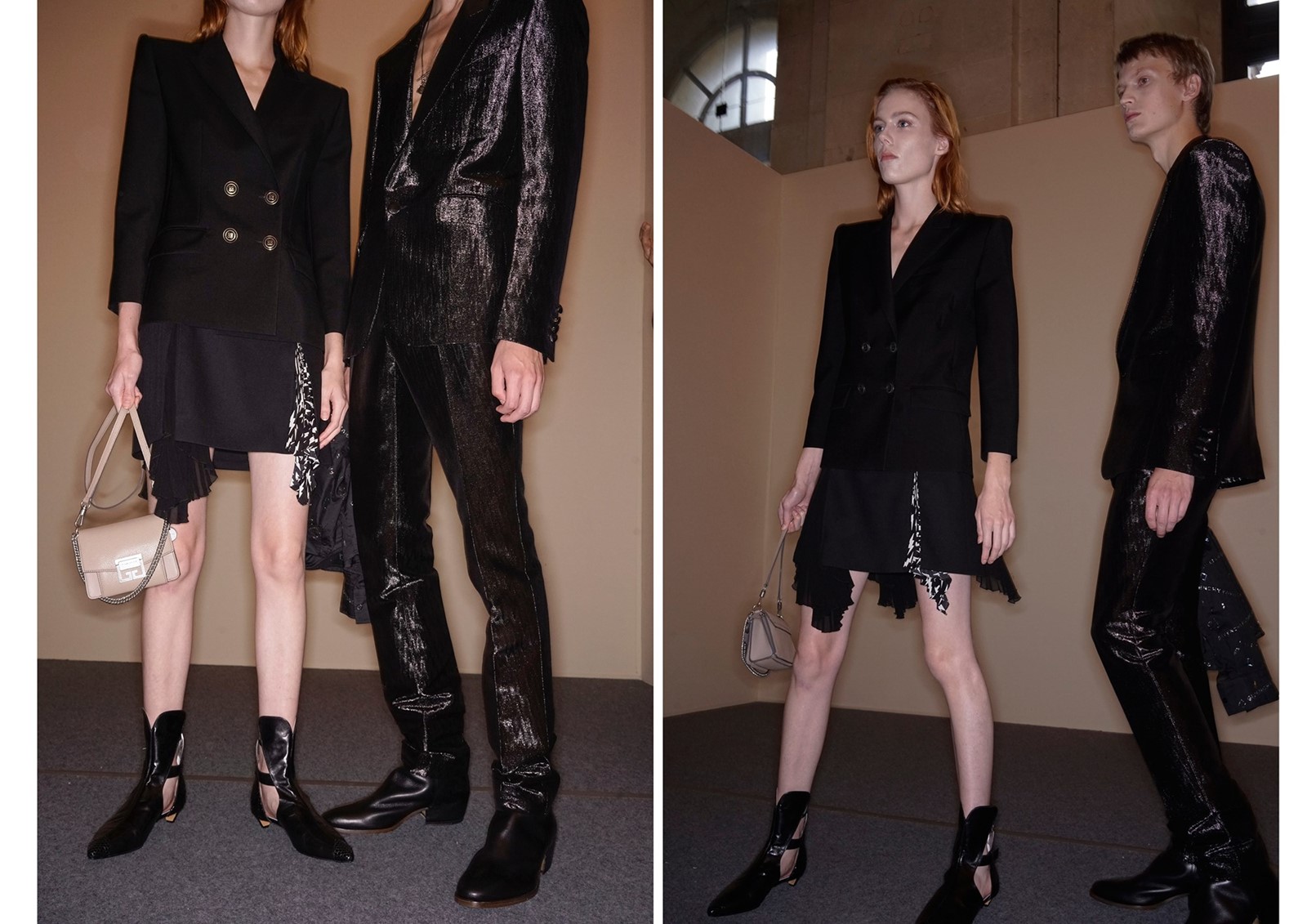
That is because Givenchy was, and is, an aristocrat, the youngest son of Lucien Taffin de Givenchy, marquis of Givenchy, a family ennobled in 1713. His proper title is Comte Hubert de Givenchy. So Waight Keller’s men mixed with her women just as easy as Givenchy mixed with his clients – but, obviously, they weren’t dressed exactly alike. Rather each was an individual – another key tenet of haute couture, where no two garments are exactly alike.
Clare Waight Keller also referenced Givenchy’s couture past – but it was an unexpected bunch of references, rather than greatest hits. Big cat prints evoked Givenchy’s work in the 80s; the sharp shoulder was a Givenchy signature; a recurrent lip embroidery also came from the archive; while the second look, a black and white clover-print, came from 1961. “That’s my thread through the whole collection, which tied the whole thing together for me,” says she.
For our S/S18 fashion week coverage, anothermag.com is collaborating with Gasoline, a photography collective working with visual artists around the world. Here, photographer Rosie Marks presents a look behind the scenes at Givenchy.
